Indoor Scenes | Directional Lighting Using Natural Light
Just as outdoor lighting presents a number of challenges for capturing picture perfect images, indoor lighting also demands adaptability and creativity from photographers. For instance, there are basic scenarios that photographers will regularly find themselves in while shooting indoors, such as near windows, inside hotel rooms, or under overhangs, that call for a mastery of using directional light.
Here are some basic tips/reminders for approaching indoor shooting and controlling directional light:
- Distance between subject and light source for brightness
- Angle for light pattern
- Sheers to soften or diffuse light
- Curtain for Strip Box
- Window tint/green shift
Exposure goals for shooting indoors:
- Maximum dynamic range
- Bias to preserve shadows
- Allow highlight peak
- Keep temperature between 5000K-6000K
- White balance shift/tint + magenta
One common concern for shooting indoors involves mixed lighting, or blending natural and ambient light, as ambient light sources usually cast a different light temperature than daylight (3200K vs. 5500K for natural light). We normally try to avoid mixed lighting. However, it is okay to mix natural and ambient light if the ambient light doesn’t affect the main or natural light that is falling on the subject. In fact, mixed lighting can be used to benefit images in some scenarios when it separates the subjects from the background.
Photography 101 | How to Find the Right Light Direction
Interpreting light starts by understanding its attributes: quality, color, direction, and luminosity. Of these factors, light direction distinguishes the overall theme of an image, as shadows and highlights cast onto the subject based on the light’s direction can either emphasize or reduce imperfections.
With just a simple Wescott 5-in-1 Reflector, we’ll show you how to utilize the direction of your light to work to your advantage to create flattering portraits. This is an excerpt from our Photography 101 workshop available in the SLR Lounge Store. Stream the entire workshop and learn the foundation of photography as an SLR Lounge Premium member.
Cast – Where Is Your Light hitting Your Subject?
‘Cast’ is defined by the way light and shadows are hitting a surface. Seasons and physical location are the primary determinants of what type of light direction you will be able to use. As long as the sun is giving us a direction of light, it’s very easy to work with; the problem occurs when the sun is directly overhead, casting dark shadows and strong highlights. Therefore, the worse the light direction the more modification we generally need.
Using the Hand Trick to Find Light Direction
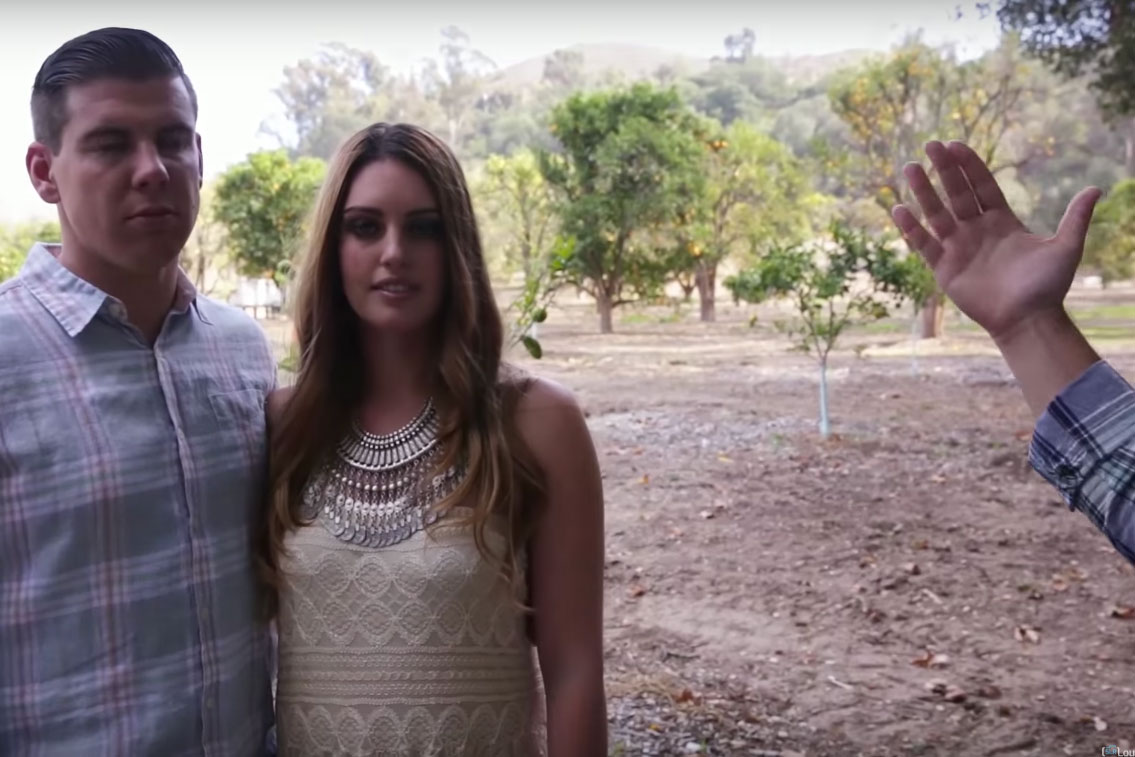
Simply turn and study the direction of light wherever you are and to see how it falls onto your hand. Although you may look like a crazy person for a couple of seconds, it is a useful trick to avoid shifting your subjects or letting them bake in the sun for too long.
Direct Light = Flat light
Harsh mid-day lighting causes the strongest cast of shadows, but that doesn’t necessarily mean it is not flattering with the help of modification. Facing your subjects directly into the sun fills the face with light and creates strong shadows around the eyes but no dimension on the contours of the face.
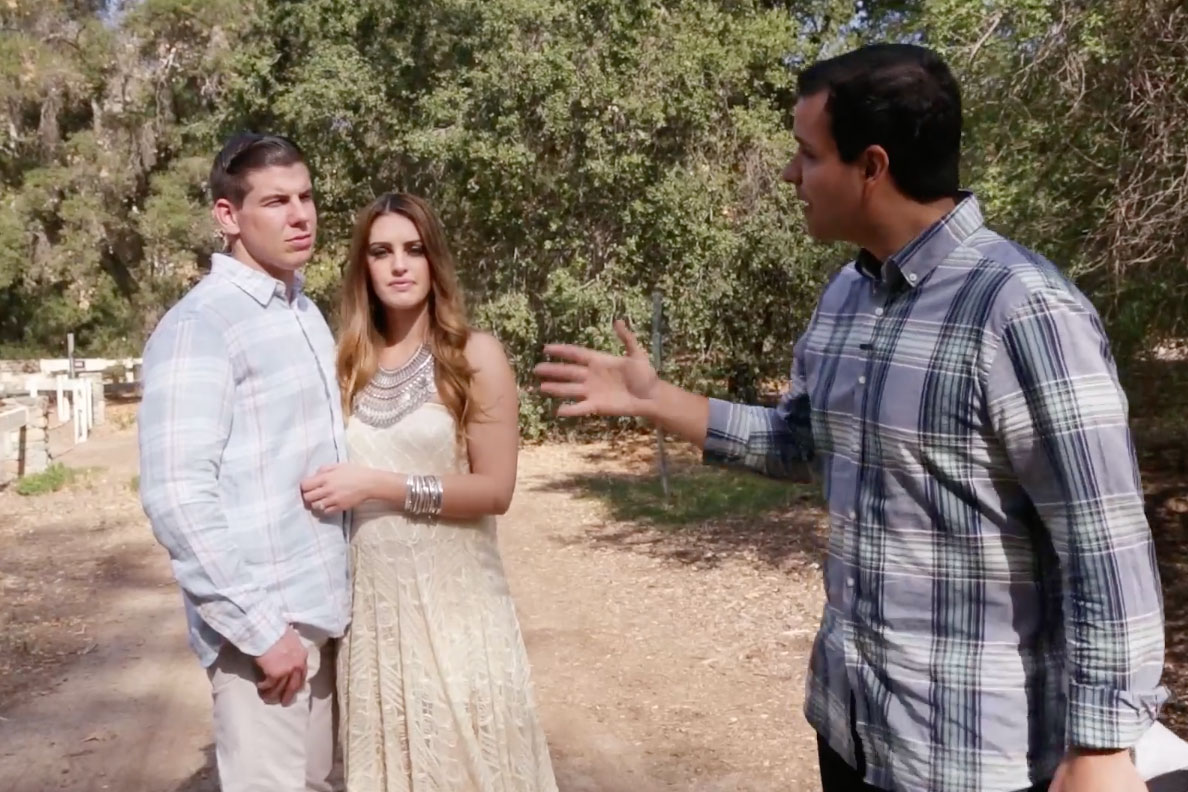
Generally, when we’re shooting with direct lighting, we want to wait for the ‘Golden Hours’ (sunrise & sunset) during the day when the sun is at it’s lowest point on the horizon, creating a giant softbox that’s reflecting onto your subject. However, if mid-day sun is all you have, here are three different types of modifications you can try with a reflector:
- 1. Scrim: This is going to spread the light and create a diffused light. It’s soft, it’s bright, and it’s still that same flat light. It’s not directional as it’s coming straight onto them but we’ve softened it by using this nice diffuser.
- 2. Silver Reflector: This technique is beneficial when your subjects are back lit, using the sun as your key light to add a nice rim light to the edges of their bodies. The reflector then serves as a secondary light, filling in the shadows. Light should always come from the top down, since that’s the way we naturally perceive it.
- 3. Silver + White Reflector: If you need the light boost from the silver reflector but find it to be too specular of light source, diffuse it with a white reflector on top to soften the light and reduce harsh highlights on the skin.
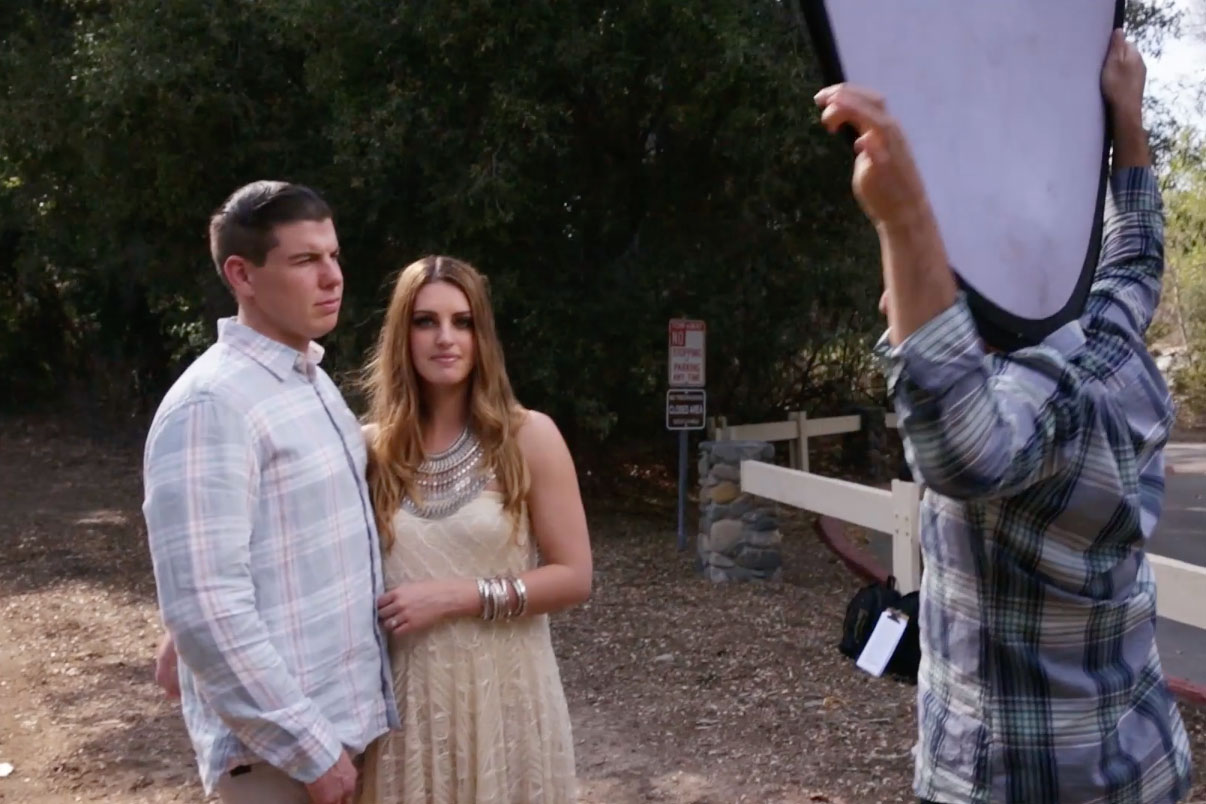
Remember that as long as the reflector is pointing at your subjects, it’s going to be extremely bright and hard to look at. Give your subjects good breaks in between shots otherwise they’re probably going to walk away very damaged eyes and a new tan.
Reflective Objects Are Everywhere
You can use objects around you, like dirt, grass, or white walls to reflect light. Search for surfaces that reflect more neutral tones to serve as natural reflective surfaces that you can use as fill.
Light Direction in Shaded Areas
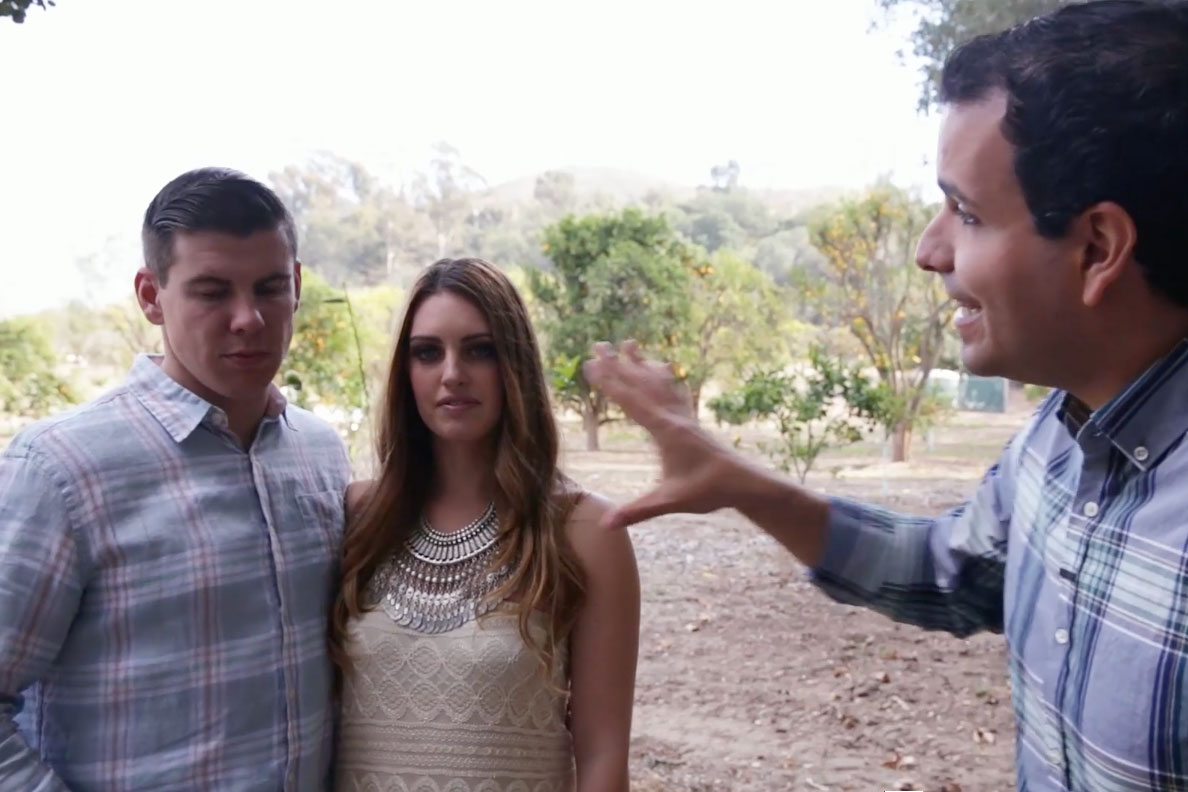
Light direction still exists even when the sun is blocked by trees or clouds. While placing your subjects in the shade does help you avoid harsh direct lighting, there is still a direction that favors the brightest light source. Keep in mind that light from the sky acts as a fill, reflecting off surfaces to add light into the shadows.
Learn more about how to control, modify, and direct your light by watching Lighting 101, your A-Z guide the foundation of light shaping. Stream this workshop and so much more as a SLR Lounge Premium member!
Related Articles to Directional Lighting Definition

5 Go-To Portrait Lighting Patterns for Photographers

How to Take BETTER Photos in Harsh Sunlight (Get CREATIVE Outside)
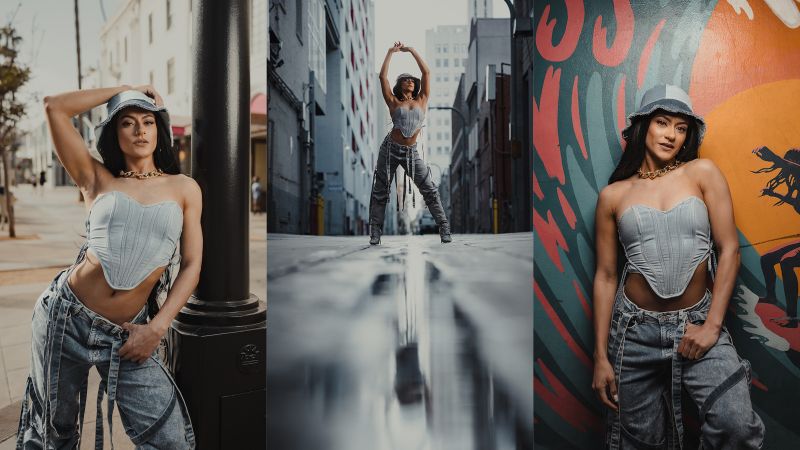
Three Simple and Creative One-Light Street Portrait Lighting Setups

Photographers Guide to 3 Point Lighting and 2 Point Lighting Setups











